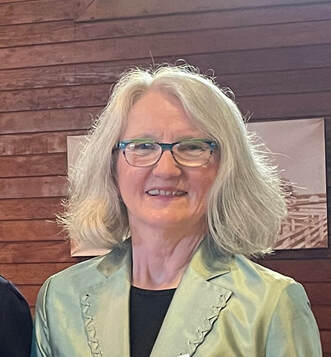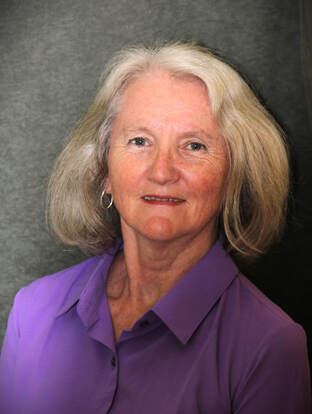|
Since Bound was published last August, I have been struck by how similar Islanders’ comments on the novel have been. Many have said they didn’t know anything about this period of the Island’s history and wished this was how history was taught in school. They wanted to know less about the dates of British kings and more about the people here and how they lived in the colony’s early years. Many have said that few history courses in school or university paid much attention to the Mi’kmaq or even mentioned that there were enslaved persons on the Island for a time. Maybe in a small way, this is about to change. This summer, the PEI Ministry of Education contacted me to say they are recommending Bound for school libraries and are considering it for the curriculum. But I am especially pleased with a message I received last week from a UPEI professor who let me know that he was having his 3rd year PEI History students read Bound and prepare a book review as many of the novel’s themes mirrored those being explored in his course.
I am honoured that Bound is seen as making a contribution and hopefully it will inspire readers to dig a bit deeper and learn more about our Island and its interesting and eventful past.
0 Comments
There is a joke among authors that we have two main worries; that people will read our book or that people won’t read it. A conundrum for sure!
Joking aside, I have been fascinated by the reactions and comments of people who have read Bound, an historical fiction novel set in what is now Prince Edward Island. A reader from India was struck by how inescapable colonialism was for former British colonies – whether it was India and PEI – and how the present was shaped by the experiences of the past and British efforts to ‘civilize’ the locals. A number of readers commented that their only exposures to slavery were from the America experience and knew little about the experiences of enslaved persons elsewhere, including in Canada. Another reader of Acadian descent had heard stories about the treatment of her ancestors but didn’t really understand or appreciated her family’s history until she read it in the context of Bound. And many readers remarked on how Bound offers a very different perspective from that created by LM Montgomery in her beautiful Anne books, often readers only familiarity with Prince Edward Island. I love reading historical fiction as it allows me to learn about and better understand a place and time while being emersed in a good story. What I now appreciate more as a result of readers’ comments is that historical fiction can also address universal themes and the human condition – wherever on the planet those humans might live. While retired British soldiers on half pay and loyalists brought most of those enslaved to St John’s Island in the last few decades of the 18th century, the first enslaved people were brought half a century earlier by French entrepreneurs including Pierre De Roma of Three Rivers. In 1786, Lieutenant Governor Fanning, who replaced Patterson as Lieutenant Governor, brought several enslaved persons including Mary Moore (Polly) and Davy and Kesiah Shepard to the Island, while Colonial Robert Gray brought his four slaves including Freelove Haszard a few years later. Estimates are that in the late 1700s, there were a couple of hundred enslaved people on the Island. Freelove was charged with theft from Col. Grey and sentenced to be executed. As a result of the demands for clemency by over two dozen colonial women, Freelove was given a reprieve and instead ordered to be deported, a common punishment of felons in Britain and her colonies during this period, authorized under the Elizabethan Transportation Act. Fanning sold Mary Moore (Polly) to Willian Creed who freed her so she and Creed’s former slave Dembo Sickles could marry since Sickles refused to marry a while woman. In 1799, Fanning freed his two remaining slaves, Davy and Kesiah Shepard and provided them with a farm in the Three Rivers area before he was transferred to a new position. By 1800, there were few if any remaining enslaved persons on the Island and over the first half of the 19th century, the Island's black population largely disappeared as a result of intermarried or moving off Island
In 1773, Robert Clark, a member of the Religious Society of Friends, bought 18000 acres of land near the north shore of St. John’s Island (near New London, Prince Edward Island) with the goal of establishing a ‘Friendly’ settlement. The group apparently emigrated to the Island from the American colonies to establish a sanctuary and to avoid the American Revolutionary War. These dedicated and industrious settlers initially thrived through hard work and strong community, but their efforts proved unequal to the harsh realities of life in this northern climate,. By the late 1770s, the community had begun to decline. By the mid 1790s, the Quaker community had largely disappeared from the Island, although some families in the area continue to claim to be descendants of these original Quakers.
|


 RSS Feed
RSS Feed
